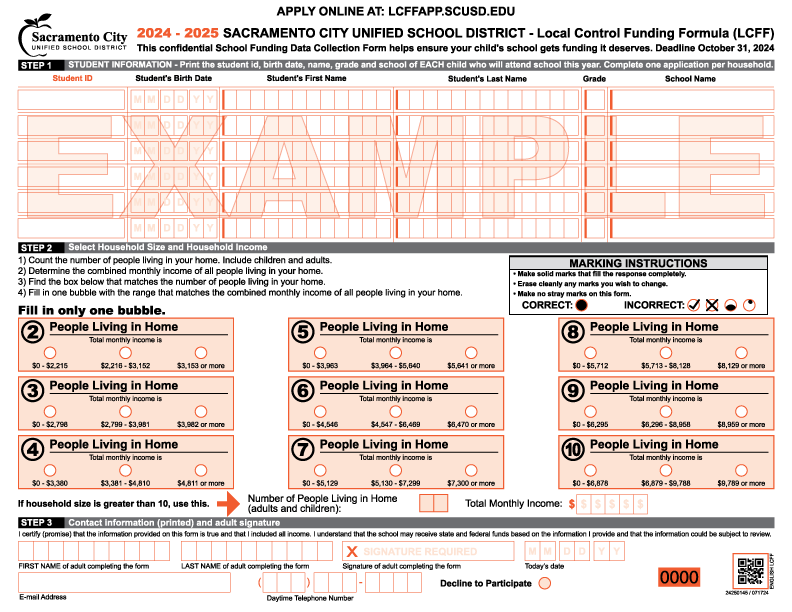New Proposal Drastically Changes Eligibility Threshold for Community Eligibility Provision (CEP) from 25 percent to 60 percent!

What is Community Eligibility Provision (CEP)?
The Community Eligibility Provision (CEP) is a non-pricing meal service option for schools and school districts in low-income areas. CEP allows the nation’s highest poverty schools and districts to serve breakfast and lunch at no cost to all enrolled students without collecting household applications. Instead, schools that adopt CEP are reimbursed using a formula based on the percentage of students categorically eligible for free meals based on their participation in other specific means-tested programs, such as the Supplemental Nutrition Assistance Program (SNAP) and Temporary Assistance for Needy Families (TANF).
What does the proposal actually say?
House Budget Committee Chairman Jodey Arrington (R-TX) has put out a list of proposals for budget reconciliation, which includes $12 billion in cuts to school breakfast and lunch.
Here is an excerpt from the proposal that refers to CEP and NSLP:
Change Community Eligibility Provision (CEP) to 60 Percent
$3 billion 10-year savings
VIABILITY: HIGH / MEDIUM / LOW
- The Community Eligibility Provision (CEP) allows the nation’s highest-poverty schools and districts to serve breakfast and lunch at no cost to all enrolled students without collecting household applications. Instead, schools that adopt CEP are reimbursed using a formula based on participation in other specific means-tested programs, such as SNAP and TANF. Currently, schools can qualify if 25 percent of students receive these programs. This proposal would lift that to 60 percent.
Require Income Verification for School Breakfast Program (SBP) and National School Lunch Program (NSLP)
$9 billion in 10-year savings
VIABILITY: HIGH / MEDIUM / LOW
- This option would require all students who apply and are approved for free and reduced price meals to submit income verification documentation. This policy option would increase program integrity, ensuring those who receive benefits are in fact eligible, and would preserve the fiscal sustainability of the program for future generations.
What does the poverty threshold change from 25% to 60% mean for school districts?
A change in CEP from 25% to 60% would mean that the eligibility threshold for the Community Eligibility Provision (CEP) is being significantly raised, requiring a school to have at least 60% of its students identified as coming from low-income households to qualify for serving free meals to all students, whereas currently, the threshold is set at 25%. This change would likely result in more than 24,000 schools across the country, serving more than 12 million children, no longer eligible to participate in CEP, and potentially impacting access to free school meals for many students.
Schools that are no longer CEP eligible would need to revert to collecting meal applications or income surveys, adding administrative work to verify student eligibility!
RocketScan is here to help!
With this much funding on the table, data collection is your friend and time is the enemy. It is important to have a knowledgeable and professional partner to help make this process as efficient and accurate as possible. We at RocketScan strive to bring the most funding to your district!






